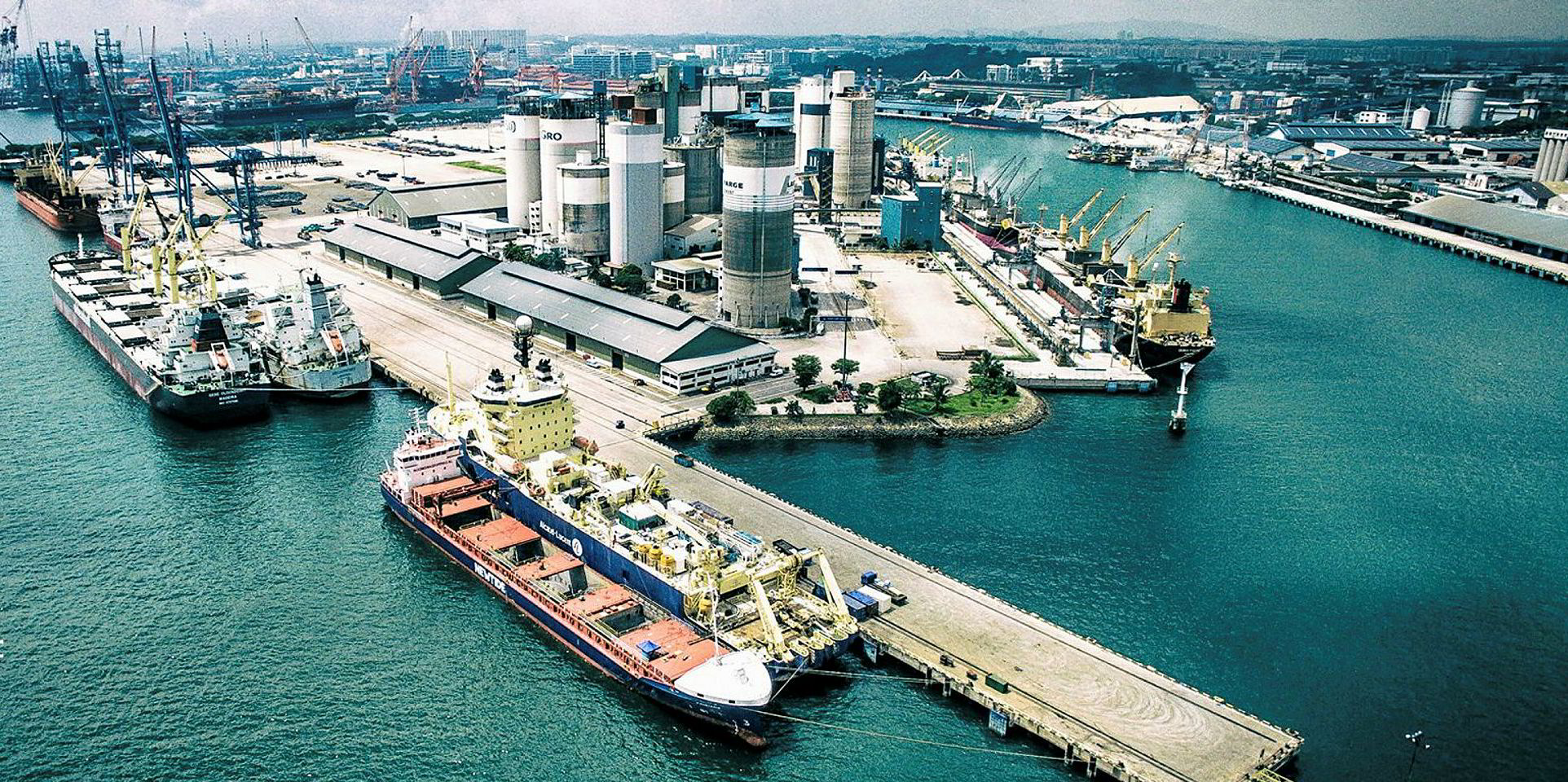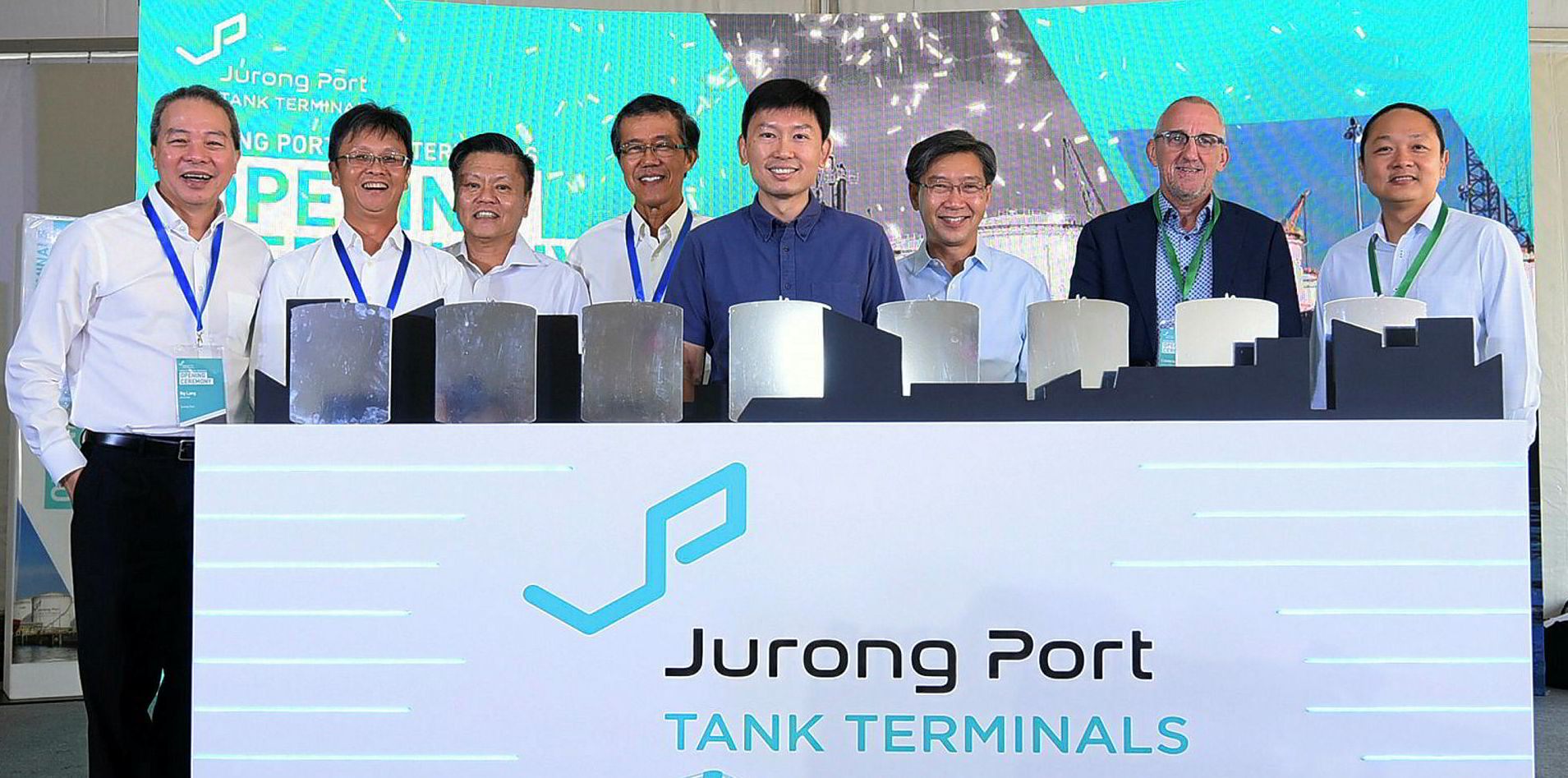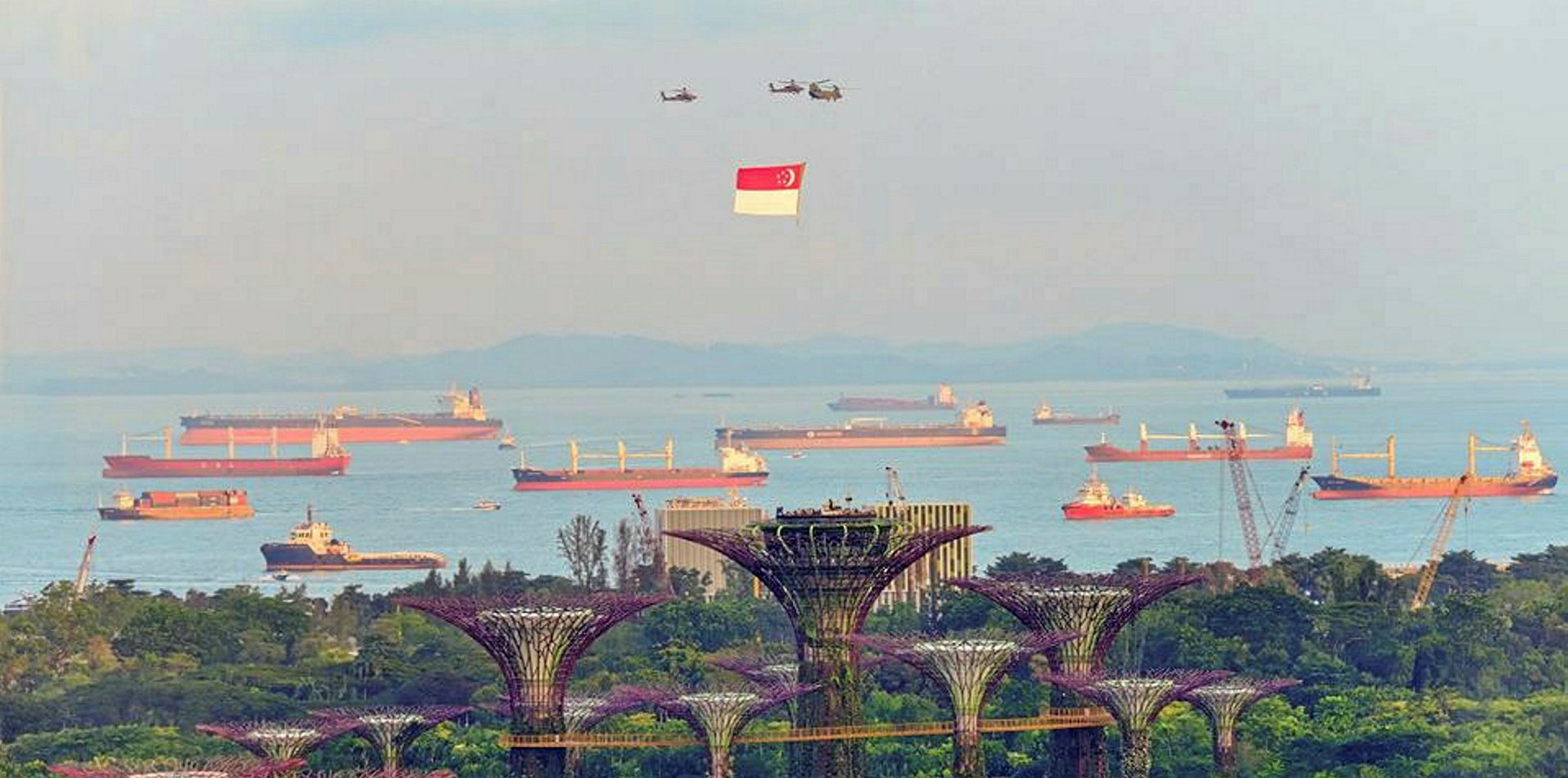Singapore’s Jurong Port hopes to attract larger bulkers from further afield following a major investment in its facilities.
The company is spending SGD 200m ($146m) to develop a ready-mixed concrete (RMC) port-centric ecosystem over the next three years.
Believed to be the world’s first-of-its-kind common user facility, the RMC ecosystem expects to see about 6m tonnes of aggregates discharged at the port per annum.
The aggregates, which are currently being discharged in western Singapore, will gradually transition in phases to be discharged at the RMC ecosystem.
Jurong Ports hopes this direct discharge capability, along with its existing port infrastructure and deepwater berths, can attract larger bulkers transporting aggregates from further afield.
“This will also ensure competitive and sustainable cargo handling, encourage source diversification and strengthen supply chain resilience,” the company said.
The port, based in the west of Singapore, has three dedicated deepwater berths at its cement terminal that can handle ships of up to 50,000 dwt.
Three dedicated deepwater berths
The RMC ecosystem is part of a larger construction ecosystem which includes cement and steel, both of which are currently discharged and handled at Jurong Port.
“The co-location of aggregates, cement and steel handling will enable shorter, leaner and greener supply chains for construction materials in Singapore,” Jurong Port said.
RMC and the wider construction ecosystem is part of the company's efforts to “leverage on its strategic role at the nexus of several supply chains” which include petroleum products, project cargo and LNG.
“The RMC ecosystem follows the launch of our ecosystem for clean petroleum products, Jurong Port Tank Terminals, in 2017,” chief executive Ooi Boon Hoe said.
“We are delighted at the commencement of construction of yet another port-centric ecosystem enabling us to create value along and reinforce the landward and seaward supply chains we serve.”
Slated for completion by 2023, the RMC ecosystem will be constructed over two phases and is expected to occupy about 11 hectares of redeveloped land.
Cement and steel are Jurong Port’s largest cargoes by volume, with cement accounting for 58%, or 5.5m tonnes, of the 9.5m tonnes of bulk cargo that went through the port last year, while steel accounted for 52%, or 3.9m tonnes of the 7.5m tonnes of general cargo handled.






